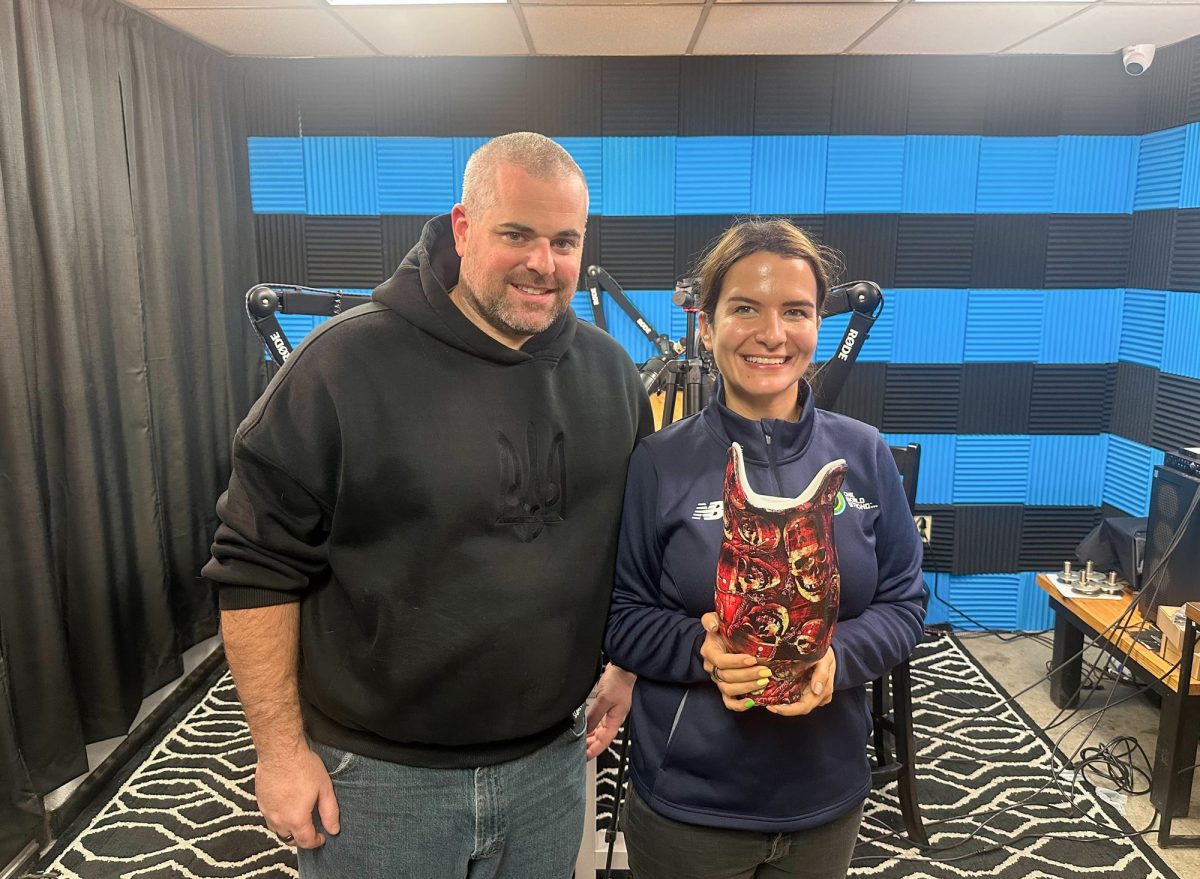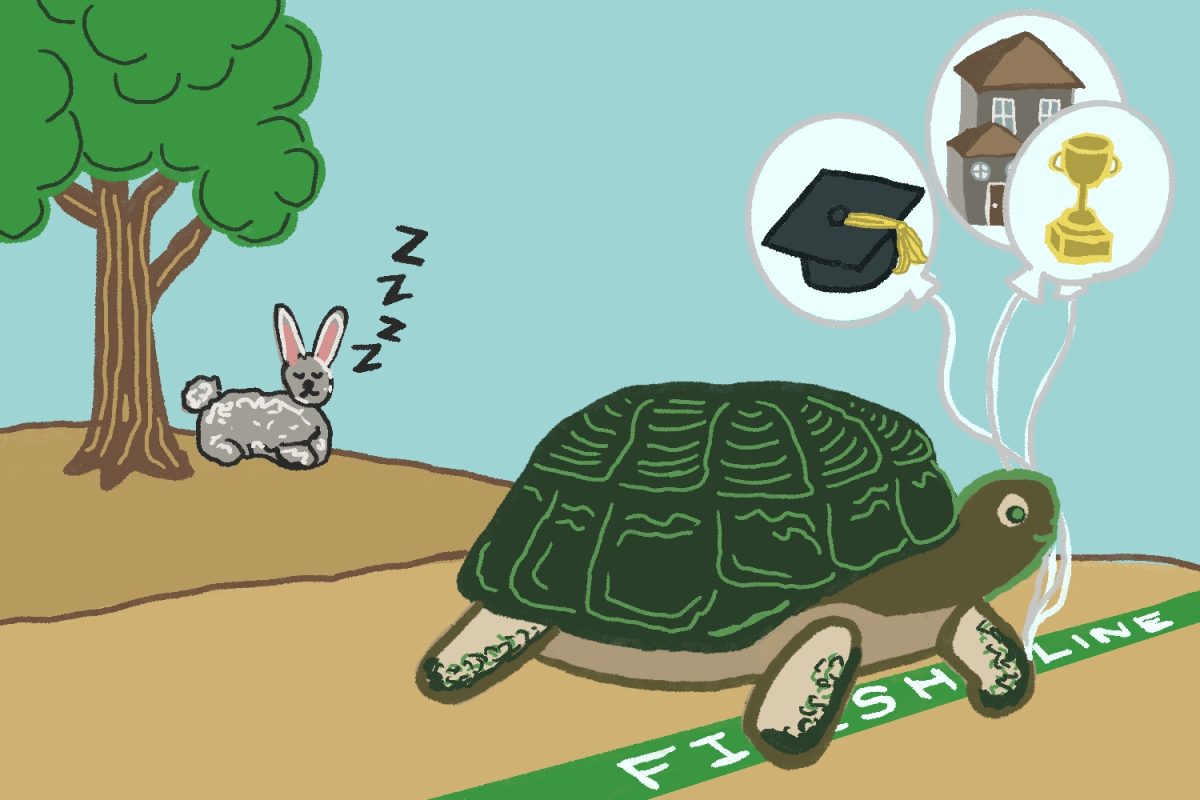The infectious Ebola virus has long been a threat to global health due to its high mortality rate and potential for use in biological weapons. However, Boston University scientists may be reaching a cure.
Scientists kept macaque monkeys from dying after exposing them to extreme amounts of Ebola as a part of a study by BU, the Tekmira Pharmaceuticals Corporation and the U.S. Army Medical Research Institute of Infectious Diseases. The breakthrough was published in the May 28th edition of The Lancet, a peer-reviewed medical journal, and partially funded by the Department of Defense.
“I’ve been working with Ebola for 20-something years… it’s just something that I never thought we’d be able to do,” said Thomas Geisbert, the lead author of the study and a professor at the BU School of Medicine.
Though researchers have had some success developing vaccines to treat Ebola in the past, this is the first major study that has protected animals with a 100 percent success rate after they’ve been exposed, he added.
To achieve this, the scientists developed a technology based on small interfering RNA, which, as the name suggests, interferes with the process of gene expression. Using technology provided by Tekmira, they were able to apply this process to the disease as expressed in animals. The siRNA is used to stop the virus’ “replication machinery,” Geisbert said.
“It’s the first time that anyone’s been able to ever… completely protect a primate against the most lethal form of Ebola virus in their species,” Geisbert said, adding that the strain of the virus they use usually results in a 90 percent mortality rate.
Though Geisbert said he believes this technique may someday provide protection from other infectious diseases as well, there are issues that need to be addressed before the technology can be used on humans. Most importantly, Geisbert said, it needs to be determined how long after Ebola exposure this method is effective &- what works three hours after exposure might not work three days after. The monkeys were treated only 30 minutes after they were exposed. In his next study, Geisbert wants to see how they respond to a longer waiting period.
Another issue is money &- developing this method into a workable treatment might take millions of dollars, Geisbert said.
“You’re not gonna find a company that’s just gonna say we want to make an Ebola drug, because it’s so expensive,” Geisbert said. “They can’t make any money on it. The only way they can do it is the government has to pay them to do it.”
“There’s really a small global market,” for an Ebola drug compared with diseases like influenza or malaria, he said. The disease often breaks out in remote areas of Africa, and few people have been affected by it as of yet. The last known outbreak, according to the Centers for Disease Control Special Pathogens branch, occurred in the Democratic Republic of Congo from December 2008 to February 2009. It resulted in the infection of 32 people and the deaths of 15.



















































































































